Modify Able account reconciliation Balance Sheet Templates and comply with local regulations. Easily modify, complete, sign, and distribute your balance sheet statements with other contributors.

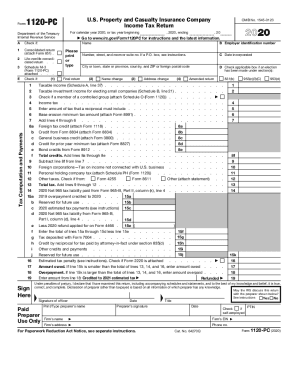
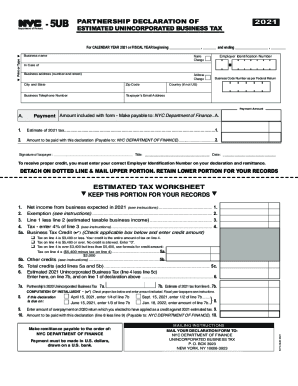
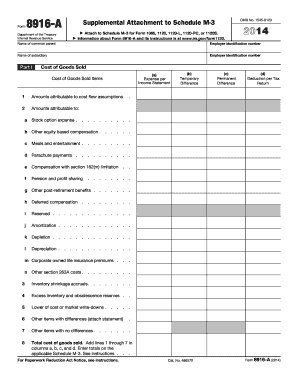
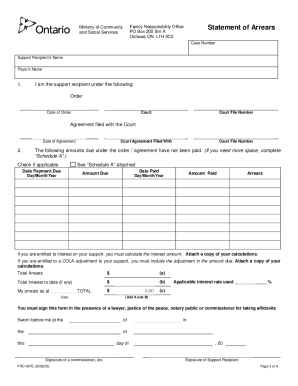
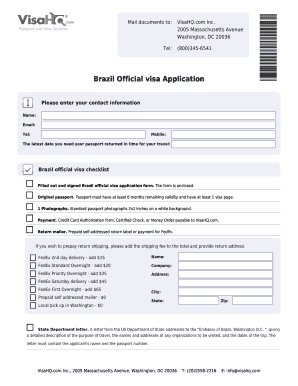


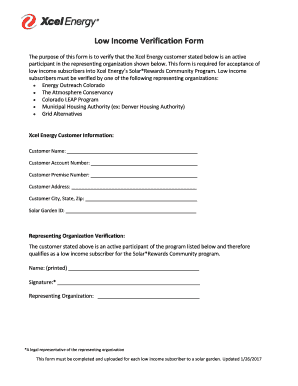
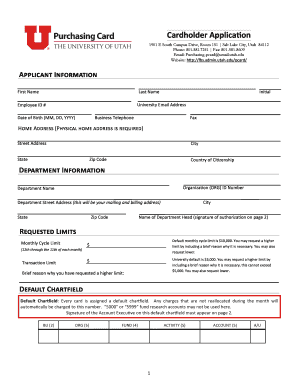

Document managing can overwhelm you when you can’t find all the documents you need. Luckily, with DocHub's considerable form categories, you can get everything you need and promptly take care of it without changing between applications. Get our Able account reconciliation Balance Sheet Templates and start working with them.
Using our Able account reconciliation Balance Sheet Templates using these easy steps:
Try out DocHub and browse our Able account reconciliation Balance Sheet Templates category without trouble. Get your free account right now!